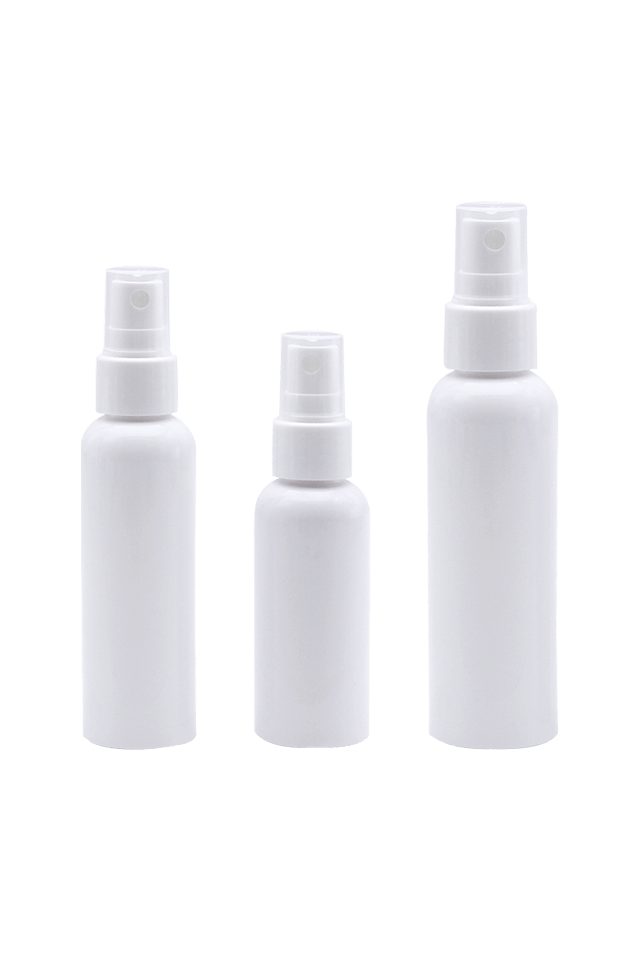

What are the characteristics of the structure design of the airless bottle
The structure design of the vacuum bottle is to use the elasticity of the shrinking force, and no gas is allowed to enter the bottle, resulting in a vacuum condition. Vacuum packaging is the basic principle of separating the inner wall to extrude the content and discharge it using atmospheric pressure. Promote the piston rod at the bottom of the bottle to move forward. When the endometrium moves up to the inside of the Airless Bottles, a working pressure is generated. At this time, the contents are stored in a vacuum close to 100%, but because of elasticity and atmospheric pressure, the bubble cannot give enough energy Therefore, the piston rod must not be too tight with the bottle wall, otherwise the piston rod will not be able to move forward due to excessive frictional resistance; on the contrary, if you want to make the piston rod easy to move forward, it is very prone to overflow, so the vacuum Bottles have very high requirements for the professional ability of the production process.
Vacuum packaging also shows precise usage control. When the feed hole and special vacuum working pressure are set, no matter what the design of the pressure head of the supporting facilities is, each usage amount is accurately and quantitatively analyzed. Therefore, the usage amount can be adjusted by changing a certain part, from a few microliters or a few ml, according to the requirements of the product.
Once the vacuum packaging is assembled, the whole process from filling the packaging to the customer's application is basically better than nothing. Gas can enter the container, pollute the environment or decompose the contents. This is the advantage of vacuum packaging-it presents a safe packaging empty device for the product to prevent contact with gas, reduce extreme changes and air oxidation. It is a pure natural ingredient that is urgently needed for maintenance and delicate. Among the calls to prevent the addition of additives, vacuum packaging is more critical to increase the validity period of goods.